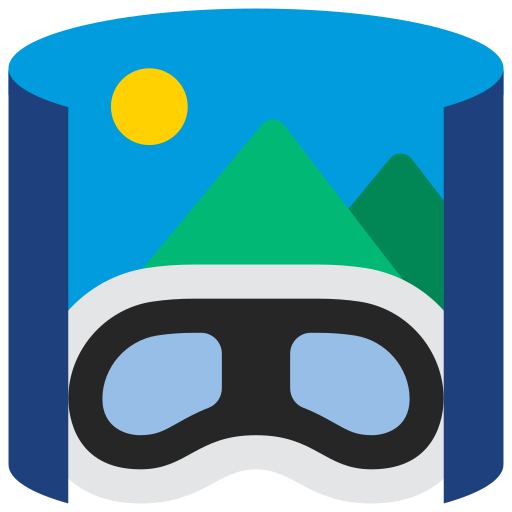Dashboard
Level of Interactivity
The Level of Interactivity indicates how many interactive features an experience has.
A Level 1 would be a more passive experience where you will be able to look around freely, but you will not be triggering or interacting with things in the environment. In the example provided (Click Here to View), there’s more to see by looking all around but there are no points of interaction with the environment.
A Level 2 will provide some level of interactivity but only very basically, such as being able to move between different scenes in the experience. In the example provided (Click Here to View), the user is able to choose from a handful of environments to explore.
A Level 3 will start to incorporate some more complex interactions using a remote or controller to trigger things within the scenes. In the example provided (Click Here to View), the user is able to play mindfulness-related games with two controllers
A Level 4 would be a fully interactive experience but something you are still guided through. In the example provided (Click Here to View), voice prompts instruct the user to move through various tasks in a target language, though the user can select which areas to interact with on their own terms.
A Level 5 would be a fully interactive experience that gives you complete control of how to use it. In the example provided (Click Here to View), the user is able to create spaces of their own design using interactive 3D objects in whatever way they see fit.
Creation
If you are interested in creating VR experiences of your own, this is what you would need to make it possible.
- a narrative, demonstration or simulation idea
- game design software (and experience)
- 3D modeling tools (and experience)
- standalone or advanced headset for testing while building
- a distribution method for your finished VR app (Steam, etc)
Contributions



